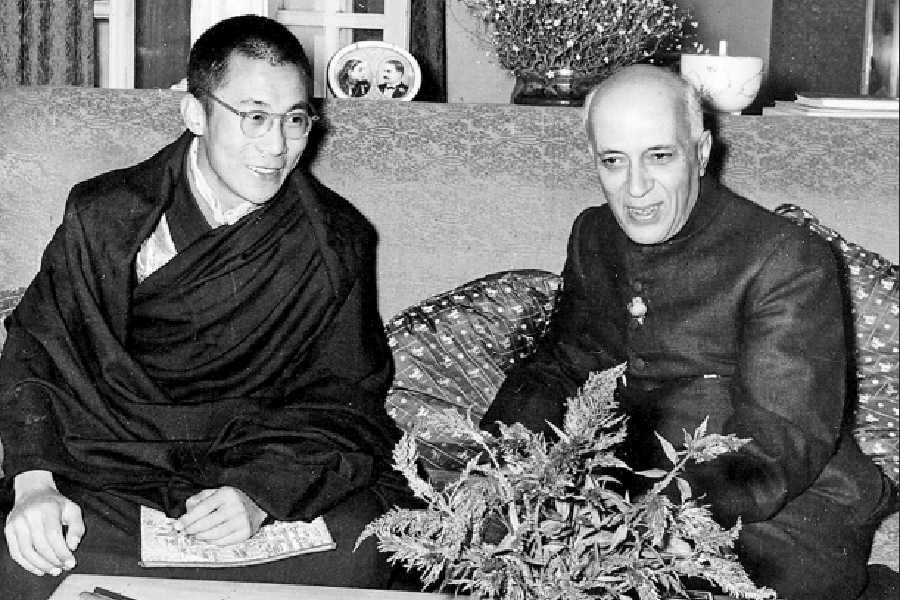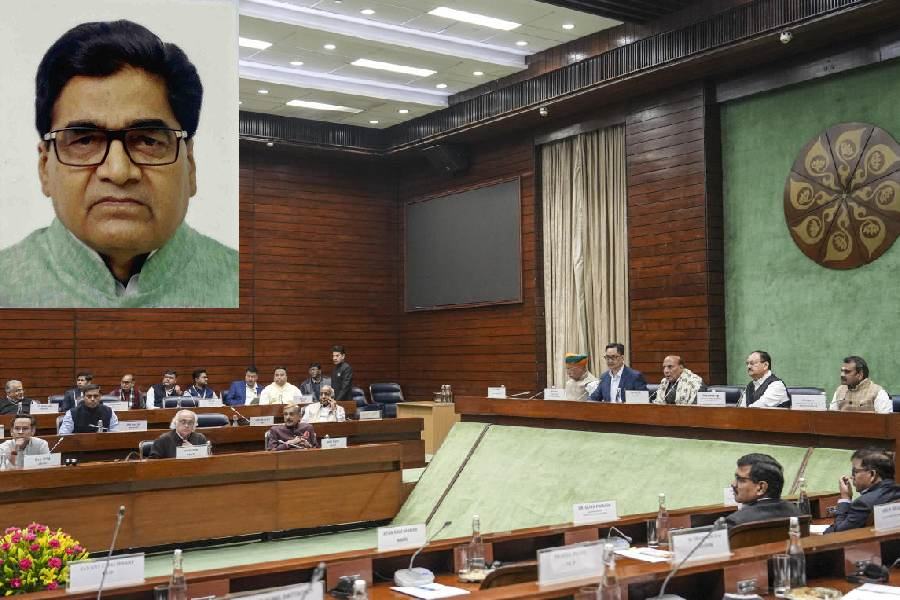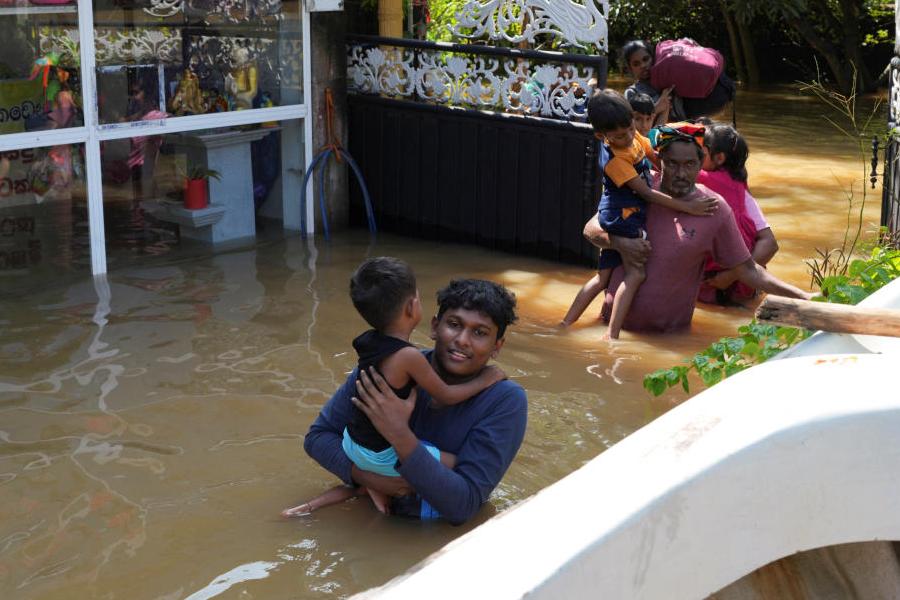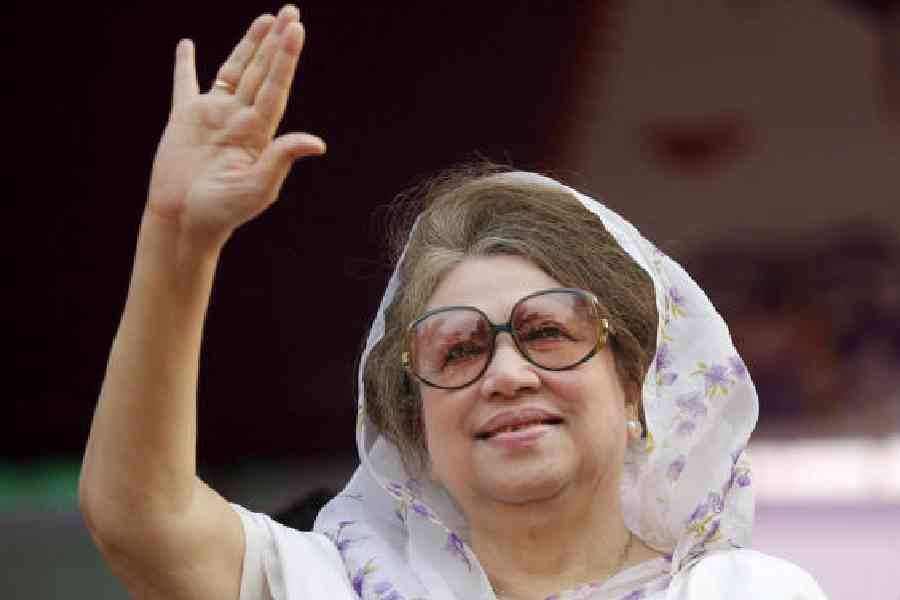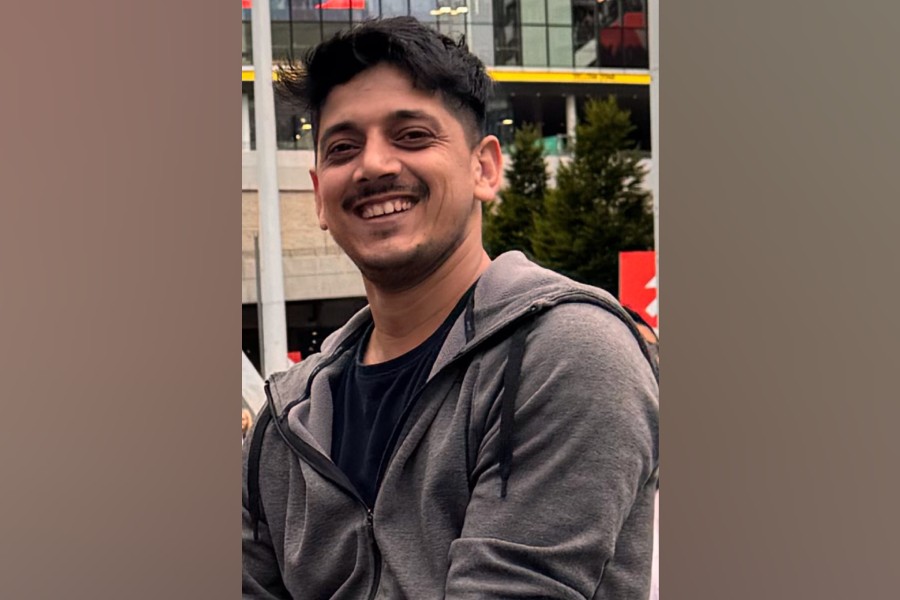Meaning of dalai and lama?
Dalai is the Mongolic word for ocean and lama in Tibetan means guru. The title of Dalai Lama is used for the spiritual head of the Gelug school of Tibetan Buddhism and the chosen one is considered to be an incarnation of bodhisattva Avalokitesvara
Who identifi es the Dalai Lama?
Typically, it is the job of the Panchen Lama, the second-highest authority in Tibetan Buddhism after the Dalai Lama
A job vacancy was created
But in 1995, the boy identified as the 11th Panchen Lama is “abducted” by Chinese authorities. Soon after, China selects another boy. In 2007, China puts out an order stating that only the Communist Party can choose reincarnations of Buddhist lamas. Now, the 14th Dalai Lama has said that his trust, the Gaden Phodrang Trust, set up in 2011, will pick his successor
Who is the 14th Dalai Lama?
Lhamo Thondup is born on July 6, 1935, at Taktser village in Tibet’s Amdo province to a farmer couple. He is 2 when he is identified as the incarnation of the 14th Dalai Lama. This is four years after the death of the 13th Dalai Lama
In 1940, Thondup is officially installed as the spiritual leader of Tibet. His monastic name is Tenzin Gyatso
The China factor
1950: Post the Chinese incursion into Tibet, the Dalai Lama is asked to assume the role of the political head of the state, which he does. At the time he is 15 — 10 more years to go before he gets his Geshe Lharampa Degree or doctorate in Buddhist philosophy
1954: The Dalai Lama travels to Beijing (then Peking) and holds meetings with Chairman Mao. In his autobiography My Land and My People, the Dalai Lama notes: “I was convinced that he himself would never use force to convert Tibet into a communist state.”
The Chinese crackdown of 1959 following the Lhasa uprising dispels this belief and a life in exile begins
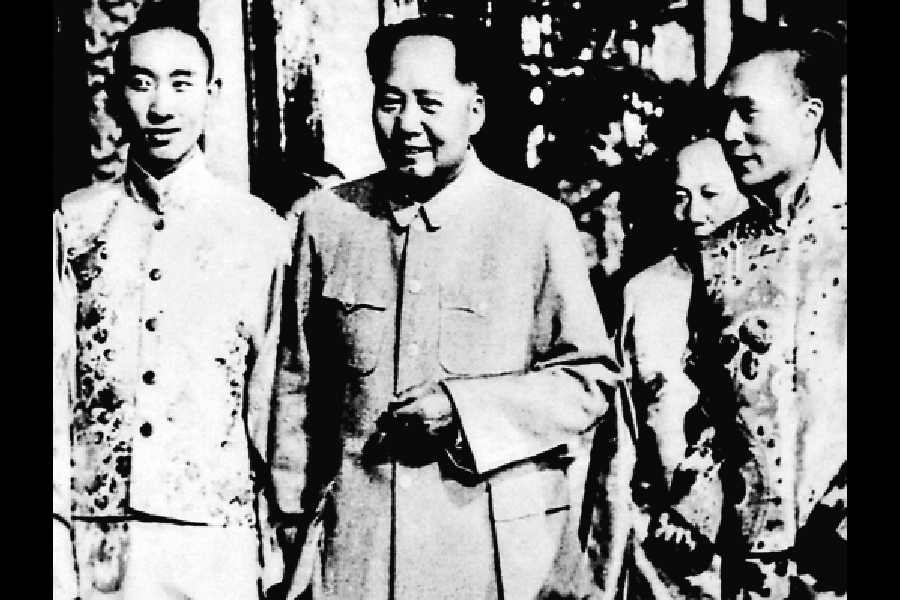
The Dalai Lama (right), then 21, with China’s Mao Zedong and the Panchen Lama in 1956 The Telegraph
A change of address
Dharamshala in India becomes home away from home for the Dalai Lama and thousands of Tibetans who follow him out of Tibet. No sooner than he sets foot in India, he receives a telegram from Jawaharlal Nehru. Soon after, a Tibetan government is set up in exile
Upon his repeated appeals, the United Nations General Assembly adopts three resolutions in 1959, 1961 and 1965, “calling on China to respect human rights of Tibetans and their desire for self-determination”
In 1962, he promulgates a democratic constitution for future Tibet
Westward-bound
His first visit to the West is in 1973. Six years later the Dalai Lama visits the US for the first time. He receives no invitation from the White House; President Jimmy Carter doesn’t want to jeopardise his relations with China. George H. W. Bush became the first US President to meet with him at the White House in April 1991
The Dalai Lama meets Pope John Paul II in 1980 for the first time and many times thereafter. Fast forward many decades and in a vastly altered world, Pope Francis refuses to meet him “to avoid any suffering by those who have already suffered” — most likely a reference to the Catholics in China
The Tibetan cause
The Dalai Lama continues to mull the idea of Tibetan independence and over the years arrives at a “middle-way approach”, which is basically a demand for Tibetan autonomy. In the Strasbourg Statement of 1988, he calls for a greater degree of domestic autonomy, which does not conflict with Chinese sovereignty or security concerns. The government in exile adopts a unanimous resolution to this effect in 1997
In 1989, he is awarded the Nobel Peace Prize for his non-violent struggle for the liberation of Tibet. 30 years ago he had received the Ramon Magsaysay Award for Community Leadership
China again
The international popularity irks China. In 1996, the Communist Party announces a ban on his images within the TAR or Tibet Autonomous Region. In 1998, Apple removes his images from its ‘Think Different’ advertising campaign in Asia. In other instances, party leaders make public statements calling him a “wolf in monk’s robes” and such other things
Retirement and after
In 2011, the Dalai Lama requests the Tibetan Parliament-in-exile to relieve him of his political duties, breaks with centuries of tradition and transfers “temporal authority” to the democratically elected leader. The Dalai Lama will turn 90 on July 6. The occasion is being celebrated in Mcleodganj in Dharamshala with a three-day religious conference.
What role could India and the US play?
Apart from the Dalai Lama, India is estimated to be home to more than 100,000 Tibetan Buddhists who are free to study and work there
Many Indians revere him, and international relations experts say his presence in India gives New Delhi a measure of leverage with rival China
The US, which faces rising competition from China for global dominance, has repeatedly said it is committed to advancing the human rights of Tibetans. US lawmakers have previously said they would not allow China to infl uence the choice of the Dalai Lama’s successor.
In 2024, then US President Joe Biden signed a law that presses Beijing to resolve a dispute over Tibet’s demands for greater autonomy

